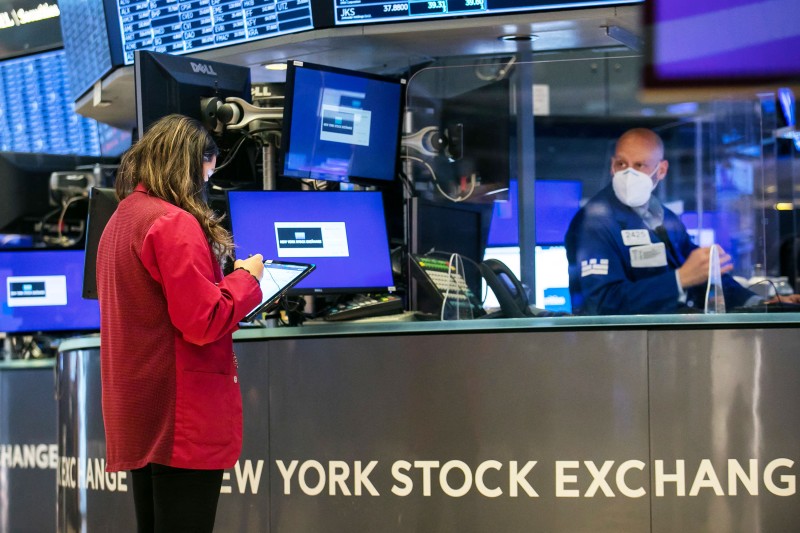How Many Founders Should a Startup Have?
Here’s another example of how individual investors in the online equity market (such as Reg A+) use different criteria than traditional VCs. It’s an unwritten rule that VCs don’t want to see more than 2 or 3 founders. But individual startup investors don’t seem to be bothered by that.









Reg A+ Getting Media Exposure
Regulation A+ may finally be starting to get the media exposure it deserves. This story includes Cityzenith ‘s Reg A+ raise mentioned side-by-side with celebrity-backed venture funds.